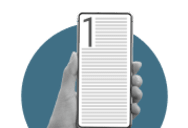From shaving to waxing: A guide to 11 facial hair removal methods from least to most painful
From cheap at-home methods to high-tech zapping at the clinic, here are all the many options for removing the hair on your face, complete with pros and cons for each and the pain factor.
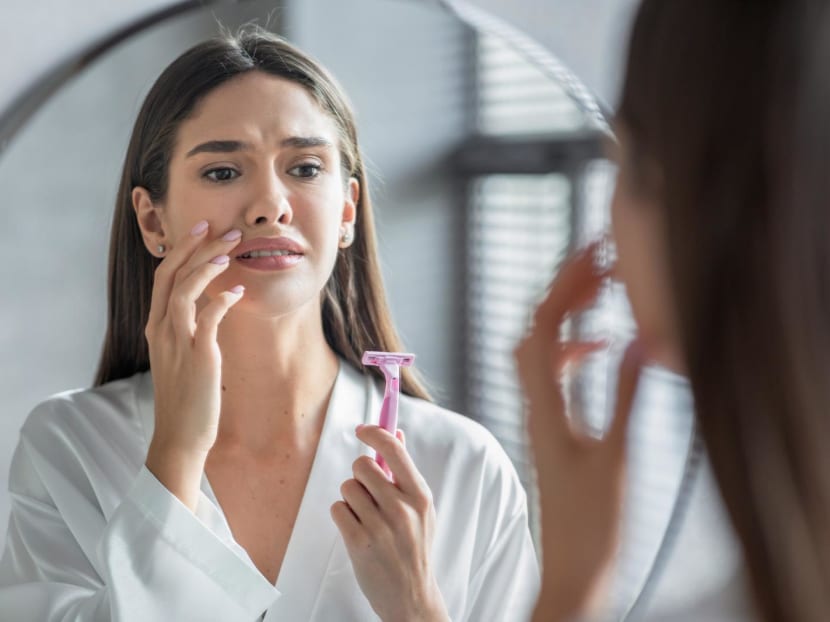
What's the best facial removal method? (Photo: iStock)

This audio is generated by an AI tool.
It’s much talked about and even celebrated for men, but for women, the topic of facial hair is a somewhat of an unspoken battle. No Movember or the best way to style your ’tache, just daily struggles with whether to get rid of facial hair, and how.
And yes, everyone has facial hair, but for some, it’s more visible and bothersome, while many others live with facial fuzz that they don’t think about.
If you’re one of those navigating the myriad methods of facial hair removal, there’s lots to think about – convenience, cost, time spent, achieving the least amount of regrowth possible and of course, the pain factor.
CNA Lifestyle looked at the various ways to get rid of facial hair, rated on their efficacy, comfort, and the level of "ouch!" each one delivers.
1. SHAVING
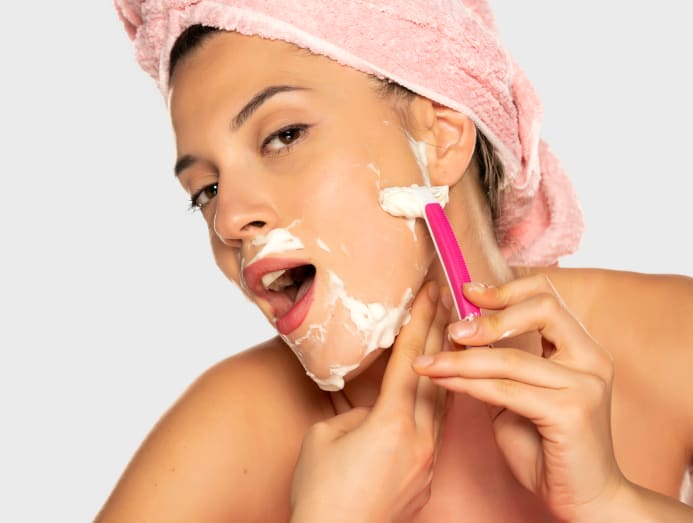
Ah, good old shaving. It’s quick, easy and affordable, if you use inexpensive razors, but beware of regrowth, which can appear more quickly than with other methods. There is always the possibility of skin irritation and ingrown hairs. If you pick this cheap and cheery method, exfoliate well before shaving to prevent pesky bumps.
Pain rating: 1 out of 5
While perhaps not the most pleasant experience, shaving is relatively painless.
2. DERMAPLANING
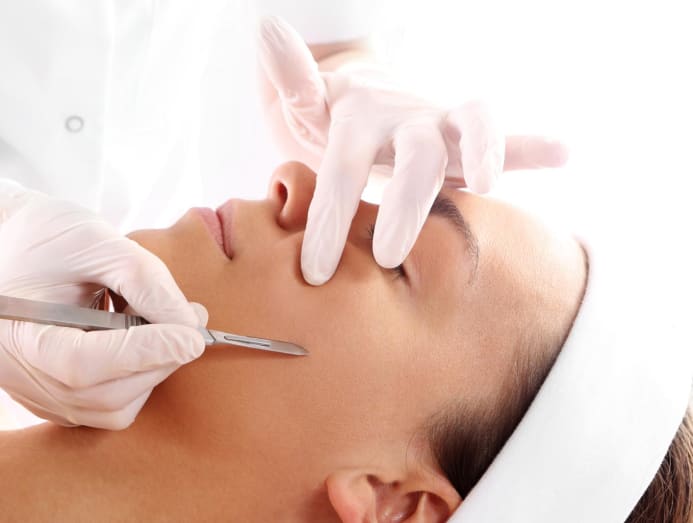
Derma-what? Consider this the more sophisticated cousin of shaving. Where shaving only removes hair, dermaplaning goes a tad deeper, using specially-designed surgical scalpels to scrape the surface of skin, removing hair while also exfoliating it, ridding the skin of dead skin cells.
In fact, it’s used as a prep before clinical treatments such as chemical peels or lasers, to help these treatments penetrate more effectively. By the same token, it’s been said to also help skincare penetrate better, and provide a smoother canvas for make-up.
While there is an increasing number of inexpensive dermaplaning razors available for purchase for use at home, it’s recommended to leave dermaplaning to professionals. Aesthetic clinics offer dermaplaning treatments, and there are also high-tech at-home dermaplaning devices that can perhaps offer more control over the process.
Pain rating: 1 out of 5
Scalpel to skin sounds scary, but dermaplaning is surprisingly painless. And contrary to popular belief, experts say that hair does not grow back quicker, thicker or darker with shaving and dermaplaning.
Dermaflash Luxe+ Anti-Ageing, Exfoliation + Peach Fuzz Removal Device, S$272
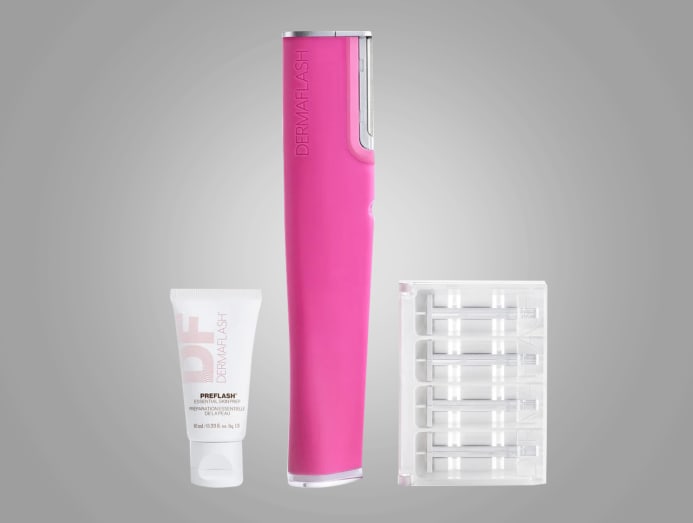
Touted as a hair-removing, anti-ageing and skin preparation tool, this dermaplaning device uses sonic-speed technology to remove hair and dead skin cells from the upper dermis layer painlessly, leaving a polished canvas for skincare and makeup.
Available at currentbody.sg
3. HAIR REMOVAL CREAMS
Creams can be an effective way to remove hair at home, but ingredients and potency can vary widely. Always test a small patch before applying, and be vigilant for signs of skin irritation. Depilatory creams usually work by leaving creams on for a few minutes, then washing off. Some can smell pungent, especially when you’re using it on your upper lip area near your nose.
Pain rating: 1 out of 5
Little to no pain is the golden promise of hair removal creams.
Nair Hair Remover Moisturizing Face Cream, S$8.60

A popular brand for facial hair removal, this cream with sweet almond oil works on the upper lip, chin and face, removing hair below the skin’s surface while moisturising and exfoliating the skin.
Available at iHerb
4. CRYSTAL HAIR ERASERS
A relatively inexpensive hair removal method that has gained some popularity of late, crystal hair erasers are low-tech, handheld devices that use nano-crystalline technology – most have a flat surface on one side covered with tiny glass crystals. Instead of pulling out hair by the roots, these crystals exfoliate the skin, breaking off the hair without causing discomfort.
Be warned that these erasers have varying levels of effectiveness. They work well for some, while others have reported sketchy results, with only some of the hair being removed. It may not work that well for facial hair, which tends to be fine, and can cause abrasions and irritations on skin if too many passes are made.
Pain rating: 2 out of 5
Known to be fairly painless as it doesn’t deal with hair roots, but some discomfort can be caused by abrasion and skin feeling raw and irritated from over-exfoliation.
ANSWR Exfoliating Hair Removal Drop, S$49
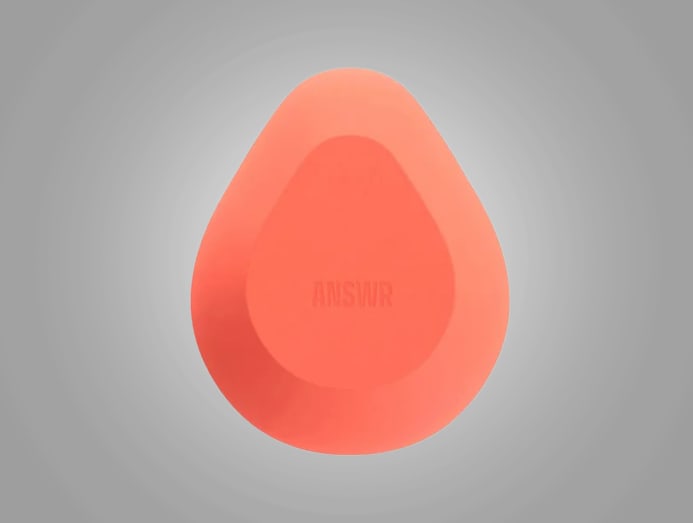
A nifty little gadget that purports to be a sustainable option of removing hair easily and painlessly, this is mostly suitable for legs and arms.
Available at Sephora
5. THREADING
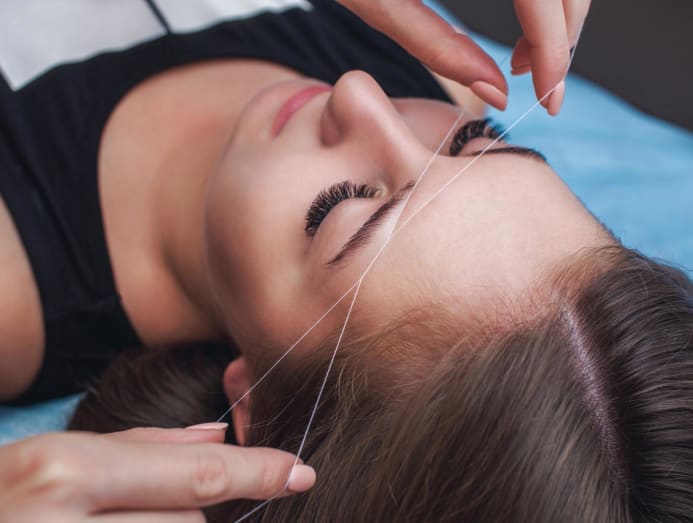
This precise and traditional method of hair removal uses a twisted thread to catch and remove hair from the roots. Unlike tweezing, where single hairs are pulled out one at a time, threading can remove short rows of hair, and threading professionals usually make quick work of facial hair, no chemicals or invasive methods needed.
Pain rating: 2.5 out of 5
Threading can sting, especially for first-timers, but subsequent treatments are very much more bearable, and can even be relaxing.
6. AT-HOME IPL DEVICE
IPL (Intense Pulsed Light) works by harnessing light energy to permanently reduce hair growth. Pulses of light are emitted onto the skin, where they will disable key parts of the hair follicle and stimulate it to go into its resting phase, causing the hair to fall off and slowing down regrowth. With regular use over time, the follicles no longer produce hair, and you’ll be left with smooth skin.
At-home handheld IPL devices require the user to hold the device over areas of the skin for a few seconds at a time, and after using once a week for about four weeks, results will start to come in. After that, a touch-up every month or so will keep things hair-free and happy.
This is a great at-home method for close to permanent hair removal, and after a while, the machine actually becomes redundant, as hair growth gradually tapers off. If hair growth returns after a period of time, repeat the process.
Pain rating: 2.5 out of 5
Expect a warm tingling sensation with each flash of light. Some may feel sensitivity, but most users get used to the warm flicks or flashes and feel little to no pain after a while.
Philips Lumea Prestige IPL Hair Removal Device, S$800.60
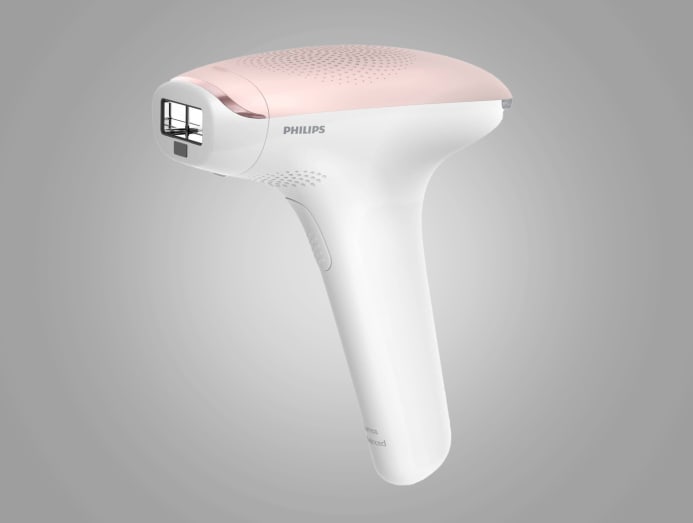
A cordless gadget with two attachments for body and face. There is a precise treatment for the upper lip, chin and jawline, and attachments specially curved for delicate bikini and underarms areas.
Available at Lazada
7. TWEEZING
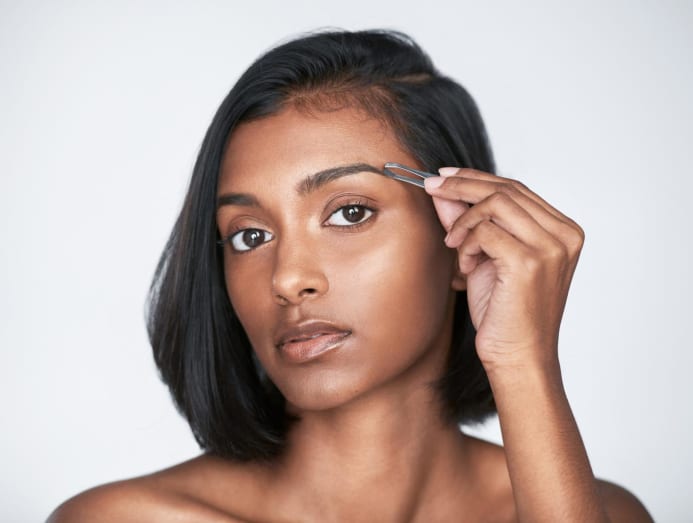
For those with just a few problem hairs on the face, tweezers are a good option, but those with more fuzz on larger areas of the face will find tweezing time-consuming and uncomfortable. It's not recommended for those with sensitive or acne-prone skin due to the potential for increased irritation.
Pain rating: 2.5 out of 5
The pain is bearable, but prolonged tweezing can be a bit of a drag on the skin.
8. SUGARING
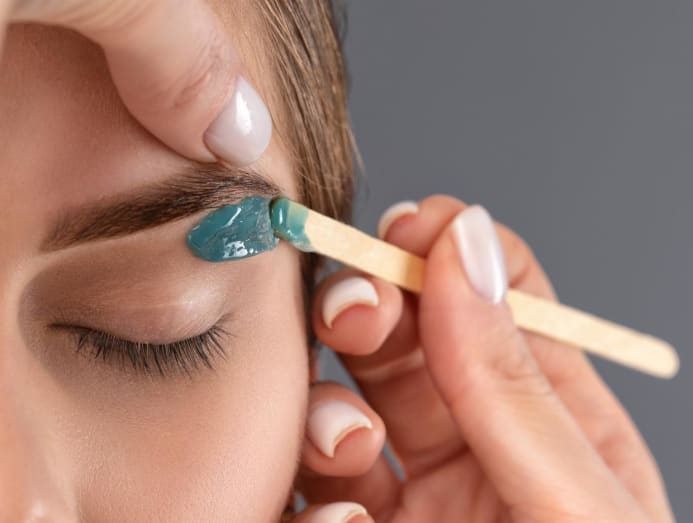
Sugaring is a gentler, more natural and less painful alternative to traditional wax, as the sugar sticks only to the hair, and not the skin. The sugar is usually heated up and applied onto skin, where a therapist at a salon then lets it rip. The good thing is that it’s over quickly.
Pain rating: 3 out of 5
Expect a moderate level of discomfort on par with waxing.
9. EPILATOR DEVICES
Think of epilators as a series of tweezers working in tandem, removing hair from the root as you run the device over your skin. This means smoother skin for longer, but the sensation of hair being ripped from skin in quick succession may take some getting used to.
Pain rating: 3 out of 5
It may be uncomfortable and prompt a few winces at first, but take it from us – after you get used to the sensation, you’ll start to wonder why you felt any pain at all.
Braun Silk-Epil 9-9890 SensoSmart Trimmer, S$189
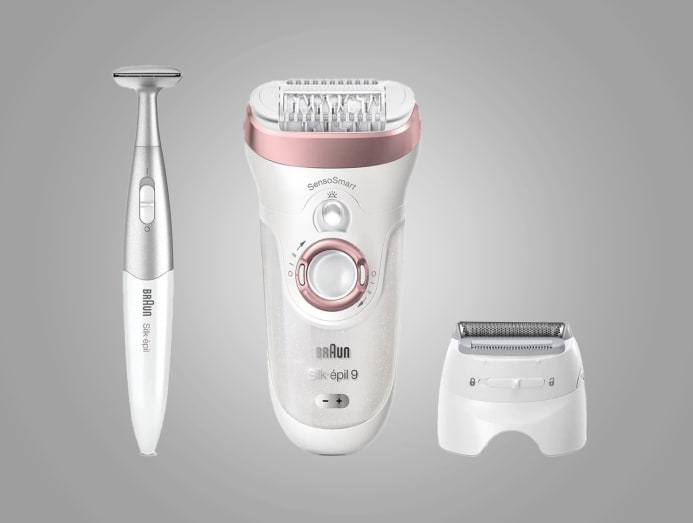
A smart epilator that uses innovative pressure sensor technology to guide epilation and remove more hair in one stroke. This cordless device can also be used in the bath, and comes with a body and face trimmer.
Available at Harvey Norman and other retailers.
10. LASER HAIR REMOVAL
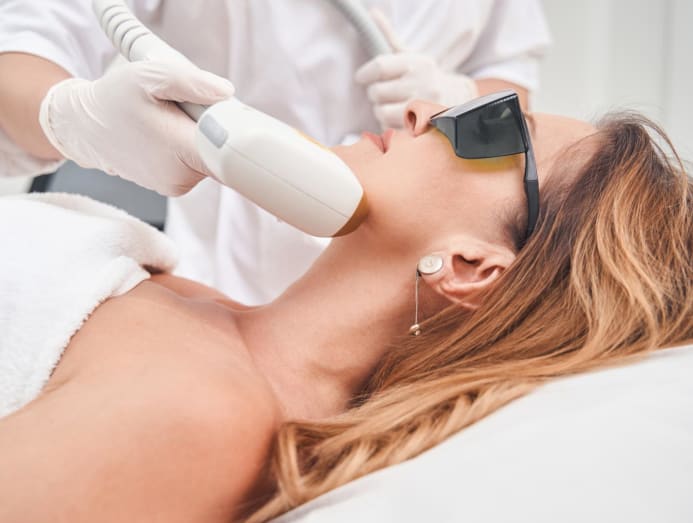
During this IPL (Intense Pulsed Light) clinical procedure done by professionals, a laser light beam trained on your skin will be converted to heat to damage hair follicles, causing hair to stop growing. Over two to six sessions, the hair should stop growing semi-permanently.
The results are more effective and faster-acting than with at-home IPL devices, and the sensation is also usually more intense. Technicians will adjust the laser equipment according to the colour and thickness of your hair, as well as the location of the hair being treated.
Pain Rating: 3.5 out of 5
The level of discomfort can vary depending on an individual's pain threshold, but many describe it as a series of quick snaps or a warm pinprick against the skin. There can be some redness and swelling after the procedure.
11. WAXING
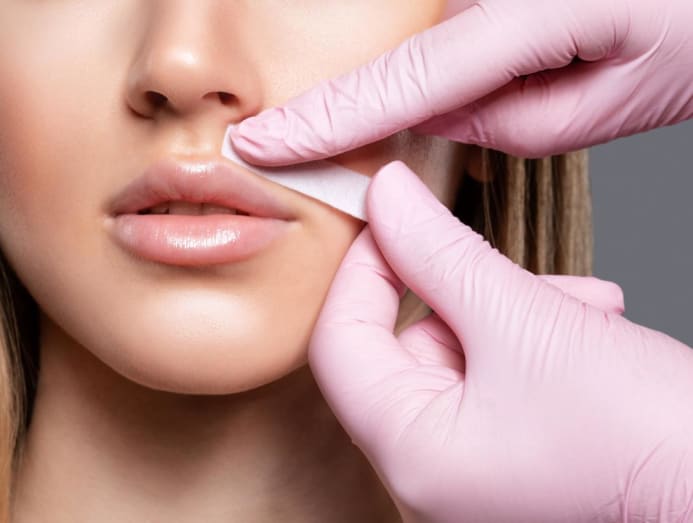
Waxing is a classic hair removal technique that provides long-lasting results, but for some, each rip of the wax strip can be agonising. When using hot wax, leave it to the professionals to reduce the risk of burns and skin damage. Cold wax strips are a viable at-home alternative, but it does take some practice to get things right.
Pain Rating: 4 out of 5
This one's known for the moment of truth – the rip.




